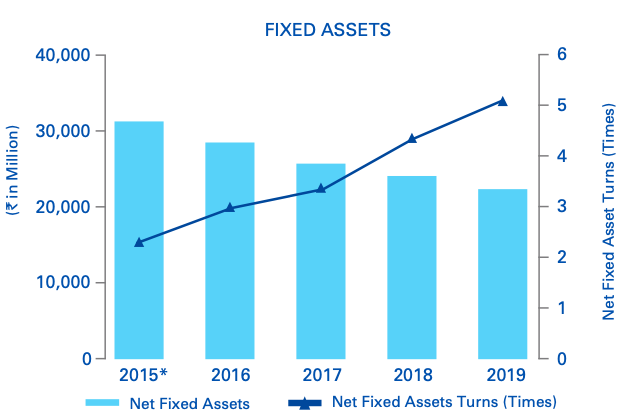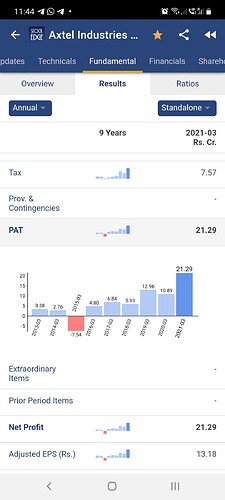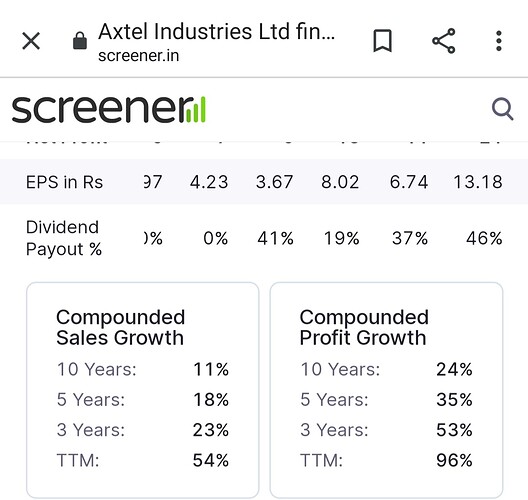I was chatting with @Anant offline to help understand Axtel and the opportunity size better. Here is my understanding:
Question 1: Growth
Sahil: The core of the investment thesis seems to be centered around the 15% growth in packaged foods industry in India. Is there a way to track/verify these numbers? Any industry data? What is the granularity of the data?
Anant: You will hardly find those estimates. FMCG growth is 7-8%. Food is growing by 10%. Modernizing the factories for existing plants is another driver of growth. Adding all these up, 15% growth estimate seems like a good approximate.
Sahil: Some links I found for supporting similar claims: link1 (news), link2 (Ministry of food processing industries, search for “packaged” or “chocolate”), link3 (news). From the Ministry link: “Confectionary Chocolate, Gum and Sugar Grew at a CAGR of 17.22% during the period 2011-16. Expected CAGR of 16.63% during the period 2016-21. Expected that for the period 2016-21 chocolate would grow at a CAGR of 18.57%, gum at 16.90% and sugar confectionery at 12.70%.”
Question 2: Market size and Market Share
Sahil: Do we have a sense for how much market share Axtel already has? Either in India or specially at global level? Since key drivers of value in international operations would be market share gain.
Anant: For a 100cr sales company, perhaps the market size is not that important. At a very rough level, we can probably estimate it to be 5,000-10,000cr (correct up to order of magnitude). We can look at Buhler Group: consumer food division for getting some estimates. What makes it difficult to get market size estimates is that Axtel is only into Semi solid and solid handling. They are not into liquid handling. They don’t want to go into liquids. It is commoditized. Lot of investments go into milk handlings. All those need to be subtracted when estimating market size for Axtel.
Sahil: Buhler Group 2019 AR mentions that their revenue for FY19 was 880 million $ which is roughly 6600 cr INR. This gives a rough idea for a lower bound for market size.
Question 3: Exports
Sahil: Related to the previous question, exports form 20% of revenues. It looks like exports are actually growing as a % of revenues. Exports went from being 14% of revenues in FY18 to 18% of revenues in FY19 to 20% of revenues in FY20. Did you get a sense from talking to management or from any other input sources that the company is trying to grow exports as a percent of revenues.
Anant: They are not doing it consciously. They don’t want to take up export at the cost of domestic. From a long term perspective, you want to do that. Global FMCG companies have world wide sourcing so getting one order opens doors for repeat orders from other nestle manufacturing locations.
Question 4: FY20 AGM
Sahil: Did you attend the AGM this year? Any key takeaways from the AGM?
Anant: Management does not give any growth guidance. Investors keep asking about Order book size. Key info the management gave was that the order book was higher by 20-35% compared to last year.
Certainly. The clients have no choice but to do Capital investment. The chocolates require plants and equipment and machines for making them. By optimizing, the clients can improve their asset turns and delay the capex, but it is impossible to eliminate. By same logic, none of capital goods companies are sound investments, but have a look at GMM Pfaudler, HLE glasscoat, Thermax. All of them are capital goods companies and sound investments.





